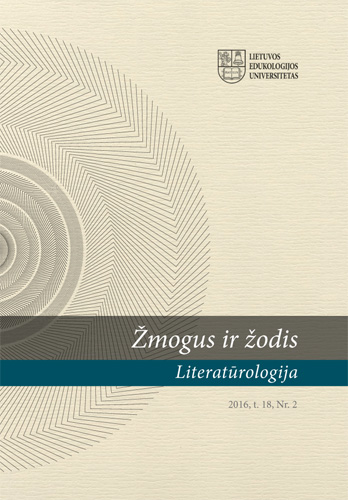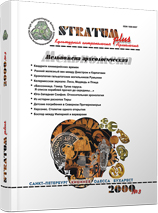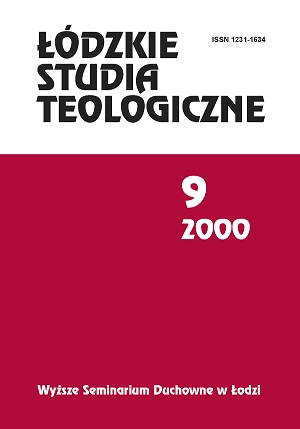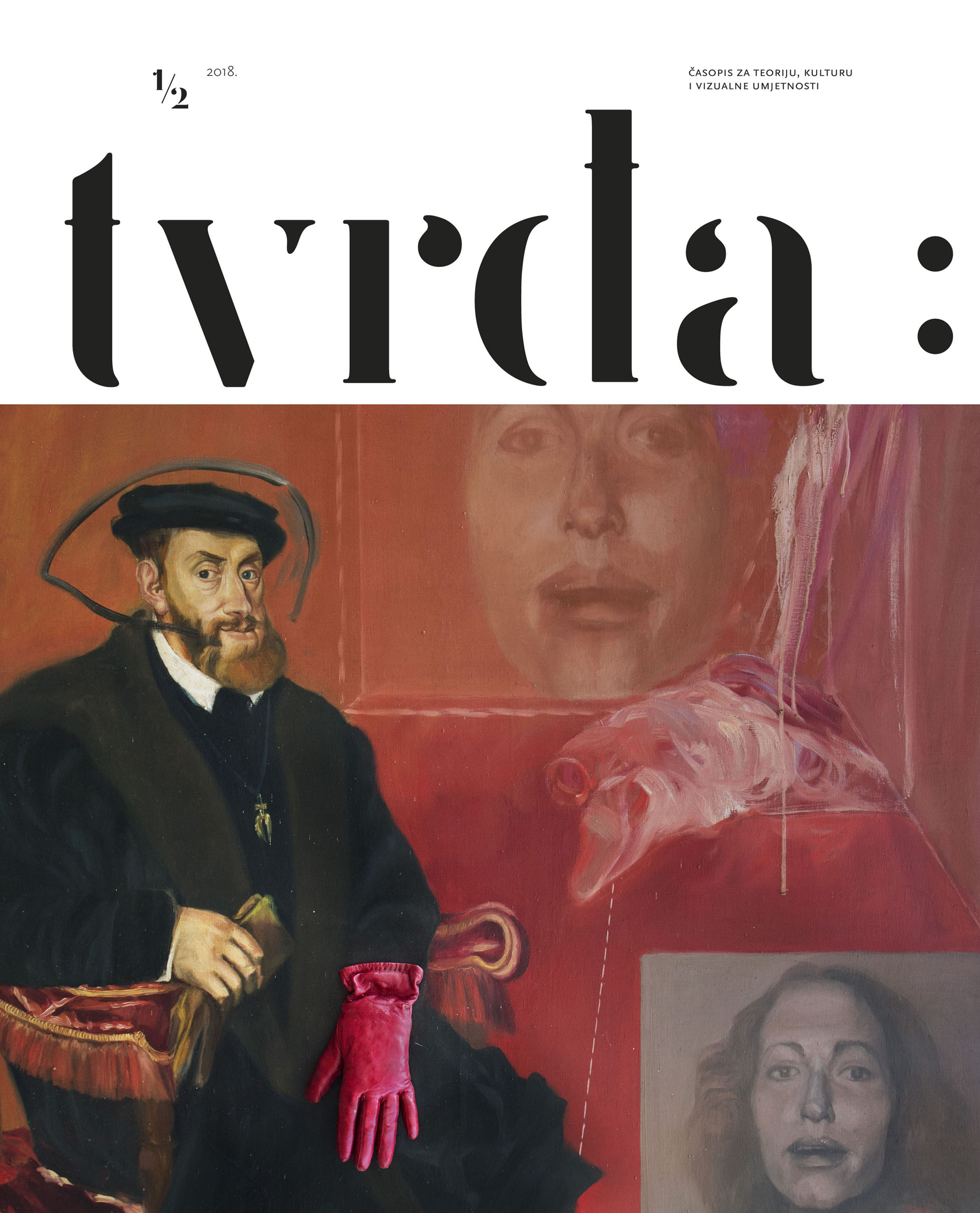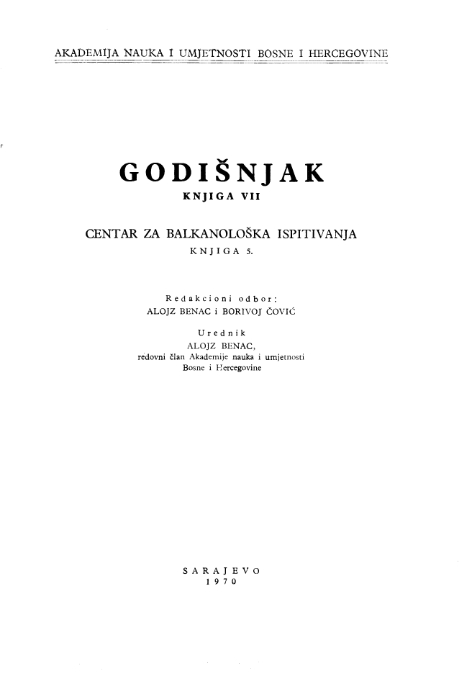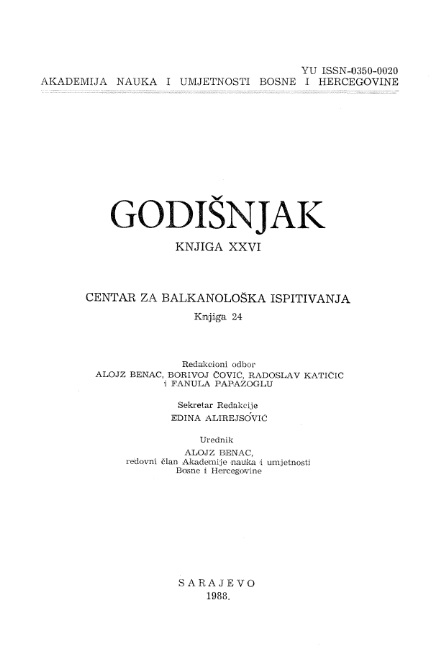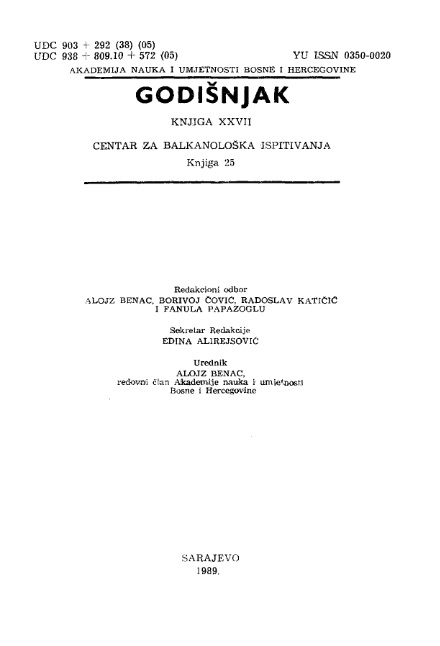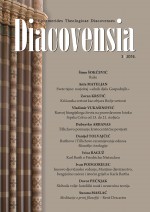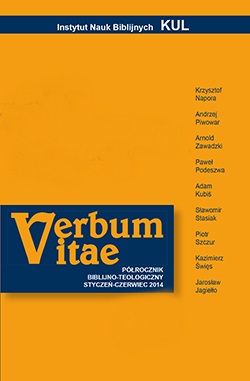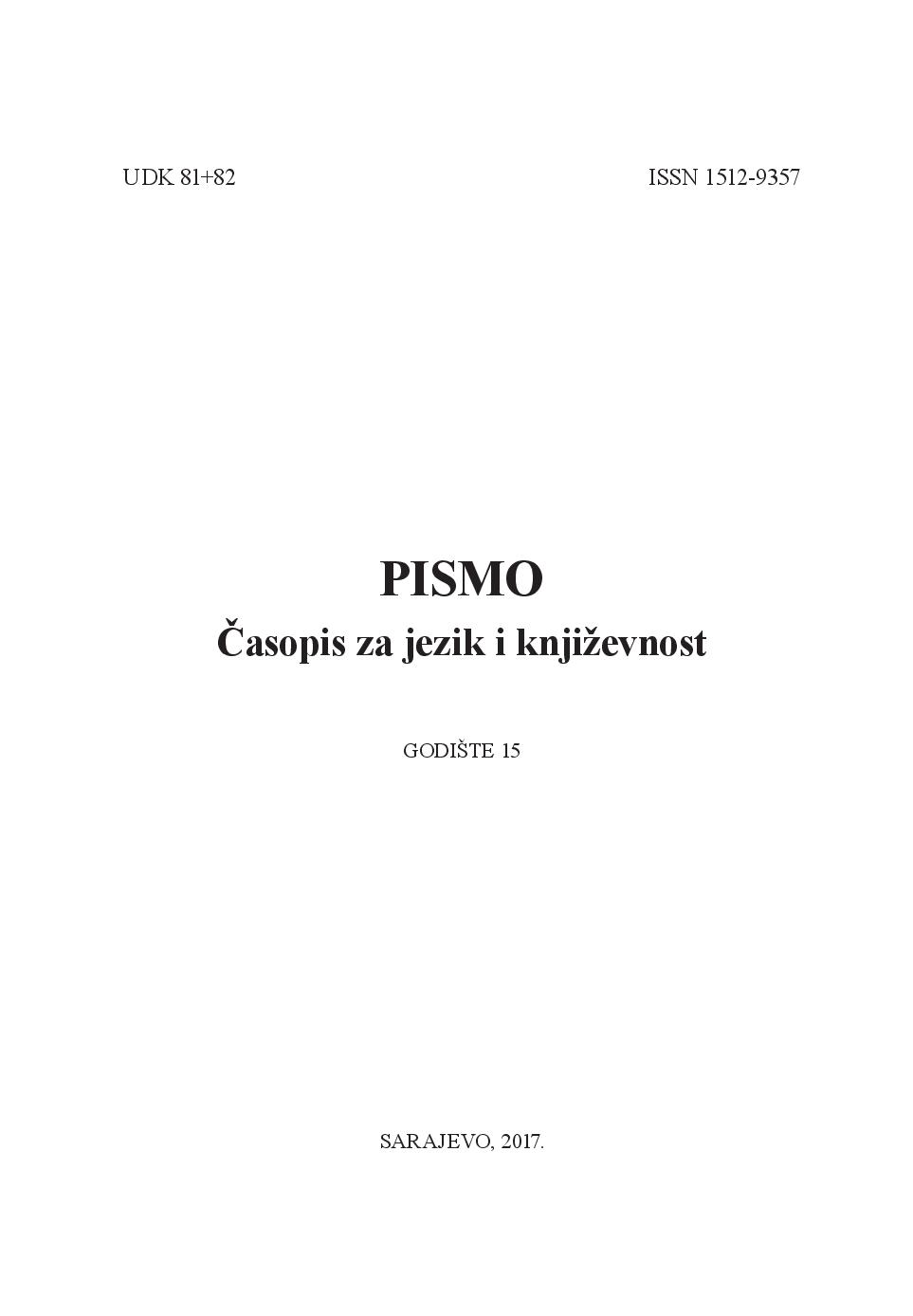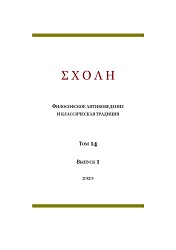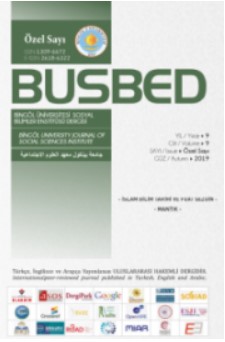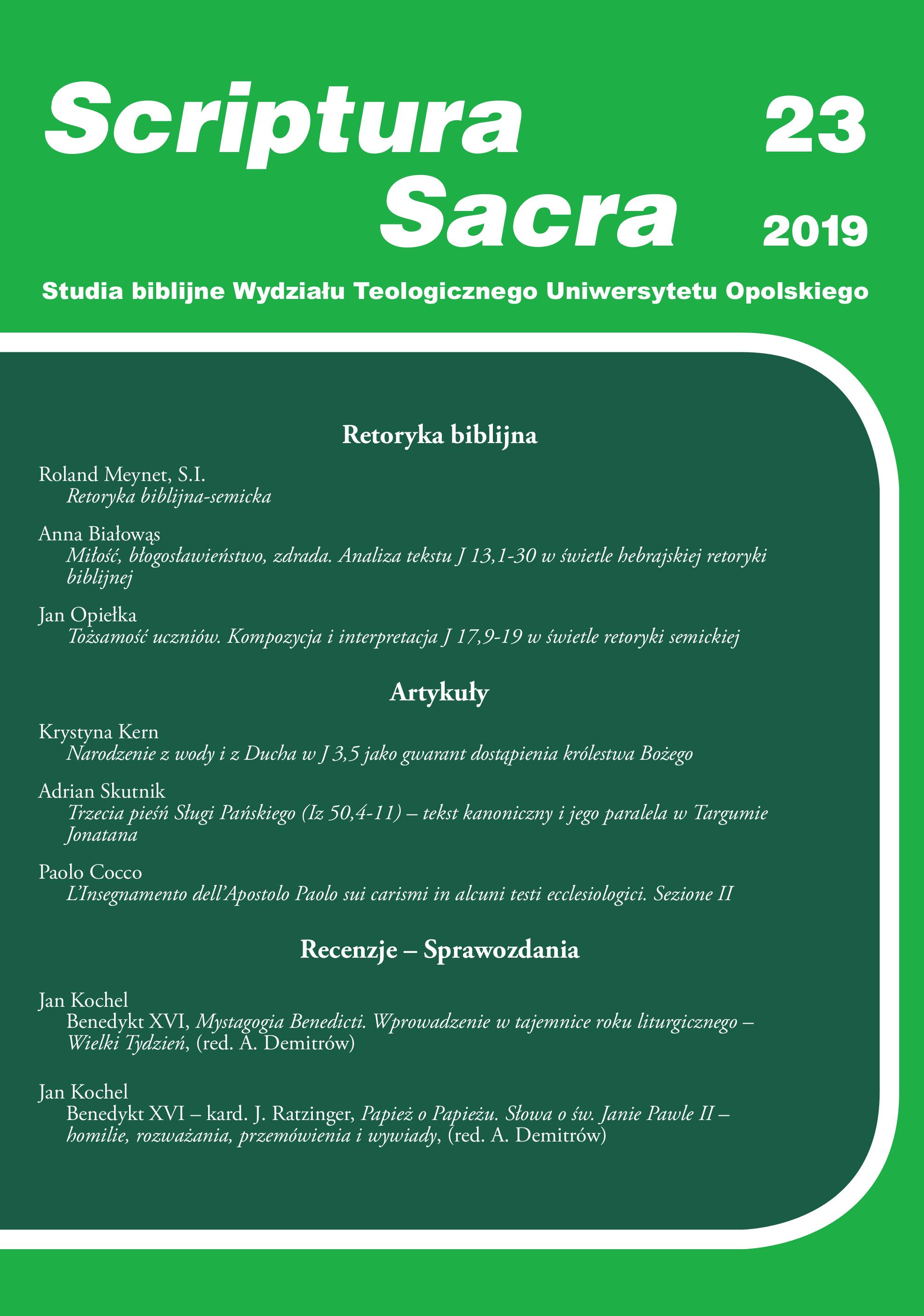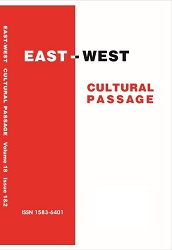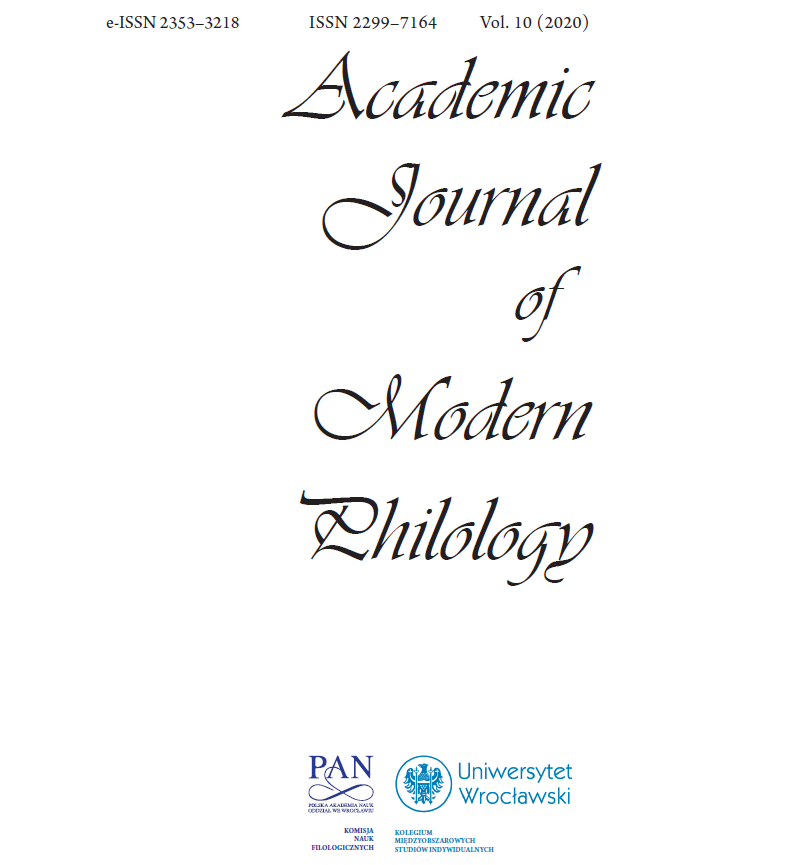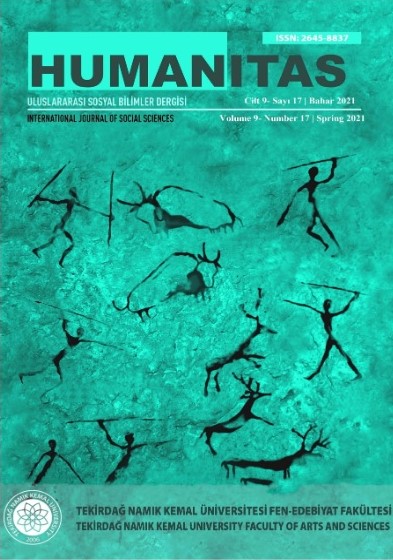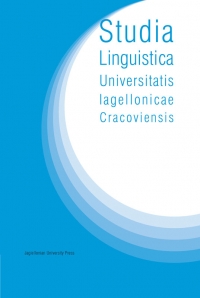Author(s): Leo S. Klejn / Language(s): Russian
Issue: 3/2000
Two catalogues of the 2d song of Iliad – the Catalogue of Ships and the Catalogue of Trojan Forces – produced a large and contradictory literature. Nevertheless there is a possibility to bring new factors into their comprehension. For this sake, behind the complexity and chaos of the catalogues it is necessary to try revealing their original structure corresponding to principles of Geometric style. This implies revealing it with the help of structural-comparative analysis by taking off one by one features of various periods, each of such features being distinguished by their specific structural elements. On the map, the kingdoms located by the Catalogue of Ships superimpose and sometimes simply coincide territorially (kingdoms of Odysseus and Meges; Achilles and Aiaxes Oilidos, Guneos and Lapythes; Philoktetos, Eurypilos and Magnetes). This means that the data on them were included in he text not together and simultaneously, but separately and in different times. The outlined by the Catalogue kingdoms of the main heroes don’t correspond to the indications in the other songs of the Iliad (Agememnon and Diomedes are linked by several details not with Argolid which their kingdoms supposedly share and divide, but with Sparta and Sicyon). That means that the Catalogue appears an artificial construction. As Nilsson noted, the text of the Catalogue is built of two types of formulae: in one peoples are archaically advanced on the foreground, in the other - chieftains, leaders are on the foreground. Cymburskij added to this his observation that in the formulae of the first type numbers of ships are large and round while in the formulae of the second type – small and non-round. He did not make the suggested by itself inference that the mythological thinking of the singers was different. Continuing the division we receive in the group with the small numbers of ships two subgroups: one (with 12 ships per each cell) for the island heroes (Odysseus, Aixes Oilidos and Tlepolemos with Nireos), the other (mainly with the ship number multiple to 11) for heroes who do not participate in battles. All of them are not the heroes on which the plot of Iliad rests. From the cells with the large number of ships the subgroup with «hollow» ships is isolated, the number of which is multiple to 30. All their lands (kingdoms of Nestor and others) are connected with the cult of Asklepius. The other group is singled out by the formula «40 black ships came in hurry with him to Ilios» (in one case the number is 50). All these heroes originate from Athens and shores of Korynthos bay. The third group: two chieftains – Diomedes and Idomeneus. They have 80 ships each, but in each kingdom there are two capitals (i. e. per 40 ships for each one) and the second capital in each case is marked by the same rare epithet. After singling out of all these groups, the left set of 11 detachments shows homogeneity and symmetry in the terrestrial ordering (turning the set with front to the east, to Troy): in the centre Peloponessian army – the Mycenaean detachment of Agamemnon of 100 ships and 2 subjected detachments of 60 ships each (in sum 120); on the left flank there are 4 detachments from Central Greece (Beotian of 50 ships and three of 40 each); on the right flank there are 4 detachments from the North Greece (Achilles with 50 ships, the three others with 40 each). On each flank 120 ship teams. In 20 formulae Greek designation of the ship is spelled in Aeolian manner – with «eta» while Ionian spelling (with «epsilon») is accepted in all cells of Nestor’s subgroup (apparently late) and in all those cells of the main symmetrical structure where the numbers of ships are not 40 and not 100. That means that Ionians reformulated both cells where the number of ships was 60 (the centre) and where the number was 50 (the main in the flanks). So they stressed hierarchy. Evidently in the original structure the number 40 (and 4 chieftains at the head of the detachment) was the most popular. It corresponded to the tetrapolis and to four philae in social structure. The change reflects Anatolian novelties (organisation in 6 philae) and the inclination to pentapolis in archaic Greece. The numbers 12 and 11 probably are connected with Ionian and Aeolian unions of Greek cities in Asia Minor. The violation of the symmetry appears when we confront the imagined front line of troops against Troy with the real extent of the list of Greek detachments (ordered by their origins) from north to south. Achilles’ army is put on the right flank (for this hero to be the right hand of the commander of the coalition). Yet it represents the extreme north, not the extreme south! It is with it that the most impressive impositions of kingdom territories are connected. That means that this is a comparably late addition as well. If we subtract this addition, 7 detachments remain: Boeotians, Locres, Phocaeans, Abantes, Mycenaeans, Lacedemonians and Arcadians. This coincides almost completely with that Penthilos’ flotilla that according to Srabo much later than the Achaean time (but a few centuries before Homeric singers) departed from Aulis to the east to found colonies in Asia Minor. Apparently this is just the initial core of the legend of Achaean raid to Ilios. Penthilos was a descendant (or imagined descendant) of Agamemnon. Thus the analogous raid was ascribed to the ancestors, that is more ancient heroes. The study of the Catalogue of Trojan forces applies the same model as in case of the Catalogue of Ships. Principle of its organisation is the same. First Trojans are shown, then inhabitants of neighbour districts, with the distant allies in the third tier. Like in the Catalogue of Ships, two kinds of detachments can also be isolated in this third tier according to the form of presentation (exposition): those (presumably earlier) in which first the people is called, and those (presumably later) in which the chieftains are first exposed. Peoples with troops in front of chieftains are located nearer to Troad, those where the chieftains are ahead build the farther periphery. There is some parallelism between catalogues: the numbers 12 and 11 in the Trojan catalogue also characterise some blocks of cells, but here chariots are mentioned along with the ships (and more often than the ships). In the rest of the text of Iliad these detachments also closely interact with corresponding detachments of Achaeans: Lycians and some Thracians – with island Achaean 12-ship detachments. The earlier cells of the Trojan catalogue with 11 chariots sent from the nearest vicinity of Ilios are similar to 11-ship detachments of Aeolian Achaeans of Thessaly not only by the number of battle units, but by a special passion to horses and some other features. Apparently they were included into the catalogues by the same singer. Hector belongs to the last detachments (in the description of his armament 11 is the basic number). Yet, similar to Aeneias, he was initially not included in the catalogue. This was only the catalogue of allies of Trojans, namely as such it was known to Cypria. Aneias and Hector were included on the places of leaders of the coalition certainly late, and those whose places they had taken – Priamos and Paris - did not appear in the catalogue at all: one of these heroes lost the warrior’s characteristics by the time of inclusion of the catalogues into the Iliad, the other entered the Iliad already as a non fighting figure. So the development of Catalogues reflects the history of the entire poem.
More...
